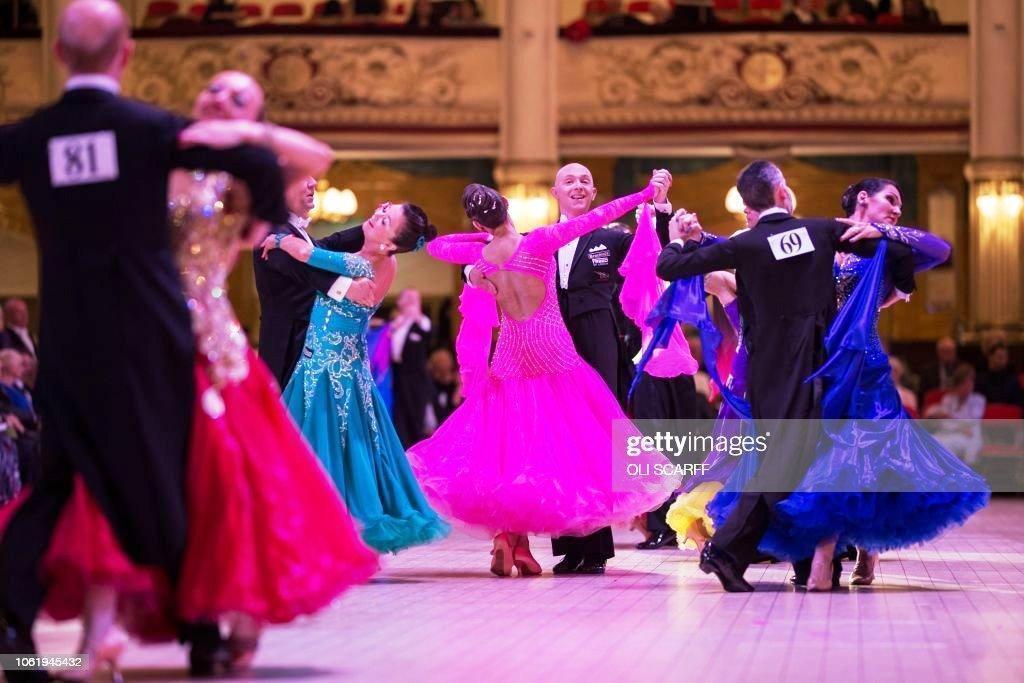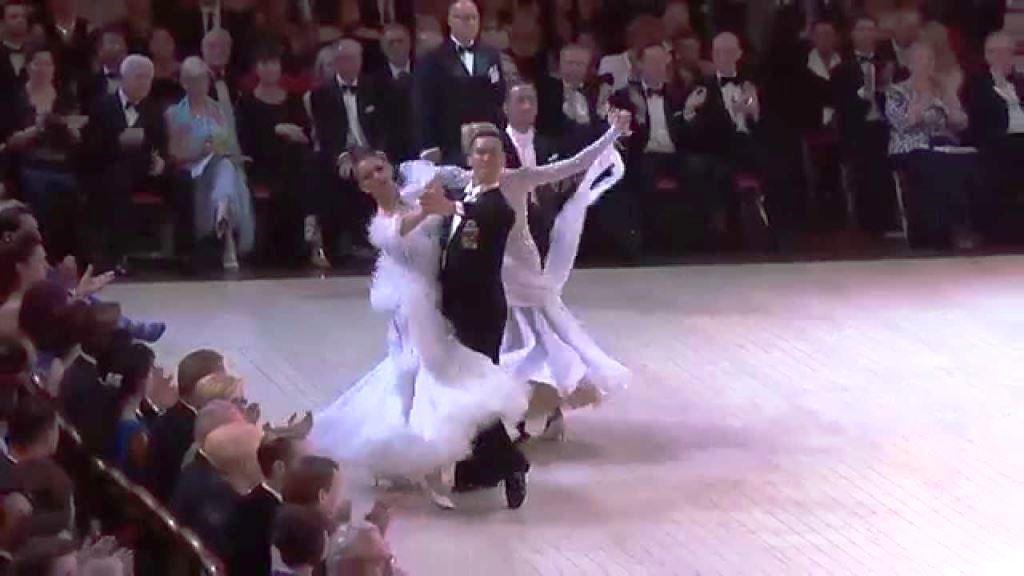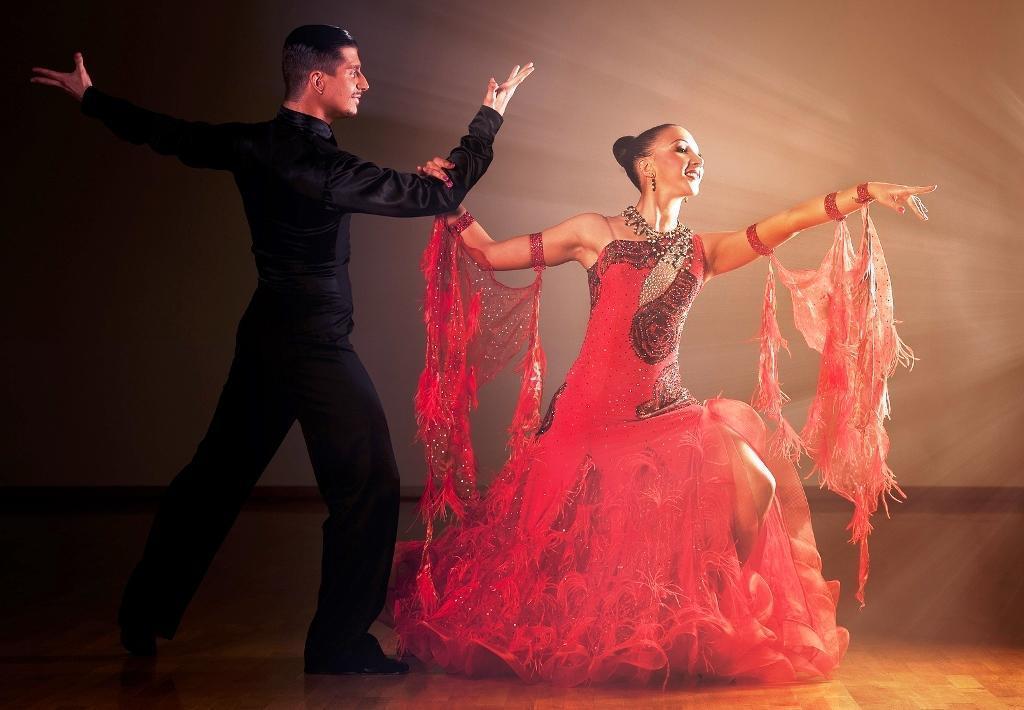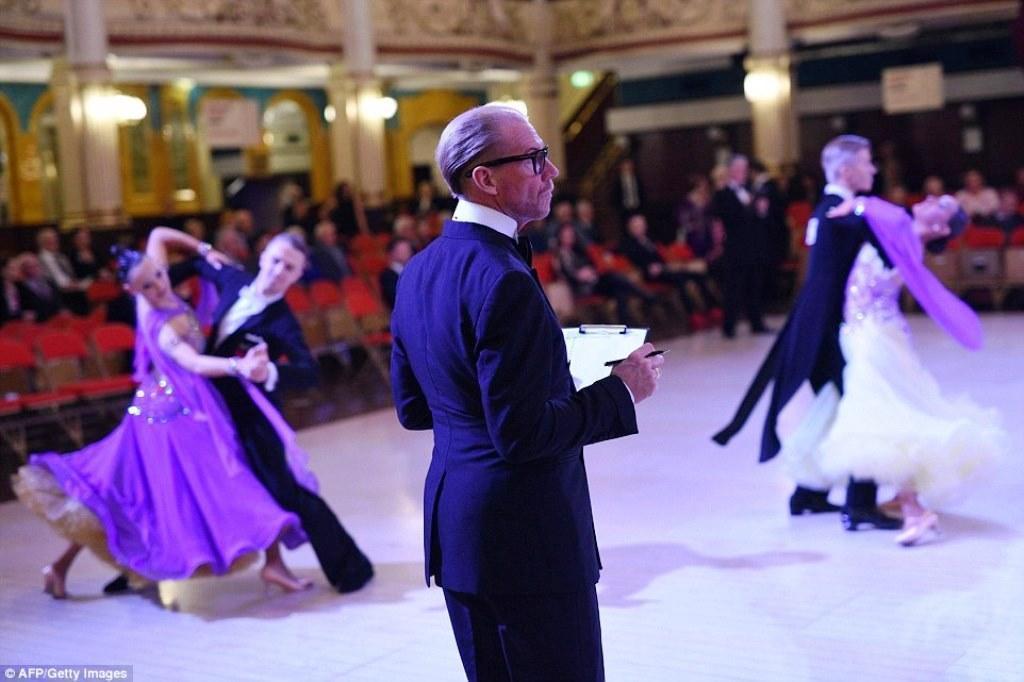
1. Introduction to Current and Emerging Trends in Ballroom Dance in the UK
Introduction to Current and Emerging Trends in Ballroom Dance in the UK
Ballroom dancing has been a popular form of entertainment in the UK for many years. It is a style of dancing that is elegant, graceful, and fun, and it can be enjoyed by people of all ages and abilities.
In recent years, the popularity of ballroom dancing in the UK has grown significantly. This is due to a number of factors, including the rise of competitive ballroom dancing, the emergence of new styles of dance, and the increasing popularity of dance classes and workshops.
Competitive Ballroom Dancing
Competitive ballroom dancing is a popular form of entertainment in the UK. It involves two people dancing in a designated area, and they are judged on their technique, musicality, and expression. Competitions are held at both regional and national levels, and they attract a wide range of participants from all over the country.
New Styles of Dance
In recent years, a number of new styles of ballroom dance have emerged in the UK. These include Latin American dances such as the Samba, Rumba, and Cha Cha, as well as more modern styles such as West Coast Swing and Argentine Tango. These new styles have become increasingly popular, and they offer a great way for people to learn new moves and to stay up to date with the latest trends in ballroom dancing.
Dance Classes and Workshops
The increasing popularity of ballroom dance in the UK has led to a rise in the number of dance classes and workshops available. These classes and workshops are a great way for people to learn the basics of ballroom dancing, as well as to develop their technique and style. They are also a great way to meet new people and to socialise in a fun and relaxed environment.
2. Overview of Popular Ballroom Dance Styles
Overview of Popular Ballroom Dance Styles
Ballroom dancing is a popular pastime in the UK, with a wide range of styles available to suit all tastes. From traditional Latin and ballroom dances to modern and contemporary styles, there is something for everyone. Here is an overview of some of the most popular ballroom dance styles in the UK.
Latin American
Latin American dances are a popular choice in the UK, with many couples taking part in competitions and social events. The most popular Latin American dances include the Cha Cha, Samba, Rumba, Paso Doble, Jive, and Salsa. These dances are known for their lively rhythms, energetic movements, and sensual styling.
Ballroom
Ballroom dances are the traditional, classic style of dance that originated in Europe in the 19th century. Popular ballroom dances include the Waltz, Foxtrot, Quickstep, Tango, and Viennese Waltz. These dances are characterized by their graceful, flowing movements and elegant styling.
Modern and Contemporary
Modern and contemporary dances have become increasingly popular in the UK in recent years. These dances combine elements of traditional ballroom and Latin American styles with more modern moves to create a unique and exciting style of dance. Popular modern and contemporary dances include the Argentine Tango, Street Latin, and Hustle.
3. Examining the Influence of Social Media on Ballroom Dance
Examining the Influence of Social Media on Ballroom Dance
Social media has become a major factor in the promotion and growth of ballroom dancing in the UK. Platforms such as YouTube, Instagram, and Facebook have allowed dance studios to reach a wider audience and to share their classes and events with potential students. Social media has also enabled the development of virtual dance classes, which have been especially popular during the pandemic.
YouTube
YouTube has become an invaluable tool for ballroom dance studios to reach a larger audience. Studios can share their classes, performances, and events on YouTube, as well as creating instructional videos and tutorials for their students. Many studios also use YouTube to showcase their students’ performances and to share their successes.
Instagram has been an important platform for ballroom dance studios to share news and updates about their classes, events, and performances. Studios can also use Instagram to post photos and videos of their students dancing, as well as to promote their upcoming classes and events.
Facebook has become an important platform for ballroom dance studios to promote their classes and events. Studios can use Facebook to share news and updates about their classes and events, as well as to post photos and videos of their students dancing. Studios can also use Facebook to connect with potential students and to share their successes.
4. Exploring the Role of Technology in Ballroom Dance
Exploring the Role of Technology in Ballroom Dance
The use of technology in ballroom dancing is increasingly becoming popular in the UK. From online streaming of competitions to the use of virtual reality, technology is playing an important role in the development of the ballroom dance scene.
Online Streaming
The use of online streaming has revolutionised how people watch ballroom competitions. The ability to watch competitions from the comfort of one’s own home has made it easier for people to keep up with the latest trends and developments in the sport. This has enabled more people to get involved in ballroom dancing, as they can watch competitions from around the world.
Virtual Reality
Virtual reality technology is also being used in ballroom dance. This technology allows people to “step into” a virtual ballroom, and practice their moves in a realistic setting. VR technology has the potential to revolutionise the way people learn and practice ballroom dancing, as it allows them to practice in a realistic setting without having to leave their home.
Social Media
Social media platforms such as Facebook, Twitter and Instagram have become an important part of the ballroom dance scene. They allow dancers to connect with each other and share their experiences, as well as to promote their performances and competitions. Social media also allows dancers to easily keep up with the latest trends in the ballroom dance scene.
Mobile Apps
Mobile apps are also becoming increasingly popular in the ballroom dance scene. These apps allow dancers to easily access information about upcoming competitions and events, as well as to access instructional videos and tutorials. Mobile apps are also a great way for dancers to stay connected with their peers and to stay up-to-date with the latest developments in the sport.
5. Investigating the Impact of Music on Ballroom Dance
Investigating the Impact of Music on Ballroom Dance
The Role of Music in Ballroom Dance
Ballroom dance is an art form that requires a specific type of music to be successful. Music is a key part of the ballroom dance experience, and it helps to create the atmosphere and energy of the dance. Music also helps to set the tempo and rhythm of the dance, and it can help to encourage the dancers to move in a certain way.
The Types of Music Used in Ballroom Dance
The most common types of music used in ballroom dance are waltzes, tangos, and foxtrots. These types of music are often slow and romantic, and they help to set a romantic atmosphere for the dance. Other types of music used in ballroom dance can include swing, cha-cha, and salsa.
The Impact of Music on Ballroom Dance
The impact of music on ballroom dance is significant. Music helps to create the atmosphere and energy of the dance, and it can help to encourage the dancers to move in a certain way. Music can also help to set the tempo and rhythm of the dance, and it can help to create a more enjoyable experience for the dancers.
The Impact of Music on the Audience
The impact of music on the audience of a ballroom dance is also significant. Music helps to create a sense of anticipation and excitement in the audience, and it can help to create an atmosphere of enjoyment and fun. Music can also help to create a sense of unity among the audience, as they all enjoy the same music and experience the same emotions.
Conclusion
In conclusion, music plays an important role in ballroom dance. Music helps to create the atmosphere and energy of the dance, and it can help to encourage the dancers to move in a certain way. Music can also help to set the tempo and rhythm of the dance, and it can help to create a more enjoyable experience for the dancers and the audience.
6. Looking at the Impact of Gender on Ballroom Dance
Looking at the Impact of Gender on Ballroom Dance
Traditional Gender Roles
In traditional ballroom dancing, the roles of the man and woman are clearly defined. The man is usually seen as the leader, and the woman as the follower. This is reflected in the way the couple moves around the dance floor, with the man leading the way. This traditional gender role is still seen in many ballroom dances today.
Changing Gender Roles
In recent years, there has been a shift in the way gender is viewed in ballroom dancing. As society has become more progressive and open-minded, the traditional gender roles in ballroom dancing have been challenged. There are now more opportunities for men and women to take on different roles within the dance, and to switch roles during the dance. This has allowed for more creative and innovative dances, and has opened up the possibilities for different types of ballroom dancing.
Gender Neutral Ballroom Dancing
In some circles, there is a growing movement towards gender-neutral ballroom dancing. This is where the roles of the man and woman are not defined, and the couple is free to move around the dance floor without any restrictions. This allows for more freedom of movement, and for the couple to create their own unique style of dance. This has become more popular in recent years, as people are looking for more ways to express themselves through the art of ballroom dancing.
Conclusion
Gender roles in ballroom dancing have come a long way in recent years, and there are now more opportunities for men and women to take on different roles within the dance. This has opened up the possibilities for different types of ballroom dancing, and has allowed for more creative and innovative dances. Gender-neutral ballroom dancing is also becoming more popular, as people are looking for more ways to express themselves through the art of ballroom dancing.
7. Analyzing the Role of the Arts in Ballroom Dance
Analyzing the Role of the Arts in Ballroom Dance
Ballroom dancing is an art form that has been around for centuries and is still popular in the United Kingdom today. It is a form of physical and emotional expression that can be used to convey a range of messages and emotions. The role of the arts in ballroom dance is often overlooked, but it is an important part of the culture and experience.
The Influence of Music
Music has a powerful influence on the way that ballroom dances are performed and experienced. Different music styles can create different moods and emotions, and this can affect the way that a dance is performed. Music can also be used to create a sense of unity between the dancers and to add an extra layer of meaning to the dance.
The Impact of Costumes
Costumes are also an important part of ballroom dancing. They can be used to create a sense of drama and to add a touch of glamour to the performance. Costumes can also be used to express the personality of the dancer or to make a statement about the dance itself.
The Role of Choreography
Choreography is an essential part of ballroom dancing. It is used to create a sequence of movements that will be performed by the dancers. Choreography can be used to tell a story, to express an emotion, or to create a sense of unity between the dancers.
The Importance of Performance
Performance is an important part of ballroom dancing. Dancers must be able to express themselves through their movements and to convey the emotion of the dance. Performance can also be used to create a connection between the dancers and the audience.
The Significance of Tradition
Tradition is an important part of ballroom dancing in the UK. Many dances have been passed down through generations and are still popular today. These dances often have symbolic or cultural significance and can be used to express a range of emotions and messages.
The Role of Technology
Technology has become increasingly important in ballroom dancing. New technologies, such as video and audio recordings, can be used to enhance the performance and to create a more immersive experience for the audience. Technology can also be used to create new and innovative dance moves and to explore new ways of expressing emotions.
Conclusion
The role of the arts in ballroom dancing in the UK is an important one. Music, costumes, choreography, performance, tradition, and technology all play an important role in creating a unique and memorable experience for both the dancers and the audience.
8. Conclusion: Reflection on Current and Emerging Trends in Ballroom Dance in the UK
Conclusion: Reflection on Current and Emerging Trends in Ballroom Dance in the UK
The UK ballroom dance scene is constantly evolving, with new trends emerging all the time. We have seen a resurgence in the popularity of traditional ballroom dance styles, as well as the emergence of new and exciting styles. As the UK is a melting pot of cultures, this has allowed for a diverse range of dance styles to be explored and enjoyed.
The UK ballroom dance scene has also seen a rise in the number of people participating in competitions. These competitions are a great way to showcase talent and to bring together like-minded people in a fun and exciting environment.
Finally, the UK ballroom dance scene has also seen an increase in the number of teachers and classes available. This has enabled more people to access the joys of ballroom dancing, as well as providing an opportunity for those with an interest in the subject to develop their skills further.
The Future of Ballroom Dance in the UK
The future of ballroom dance in the UK looks bright. As the popularity of the dance continues to grow, we can expect to see more and more people engaging in the activity. This will lead to more competitions, classes and teachers, and a greater variety of dance styles.
We can also expect to see the emergence of new trends, as well as the continued evolution of existing trends. It is an exciting time to be part of the UK ballroom dance scene, and we look forward to seeing what the future holds.




